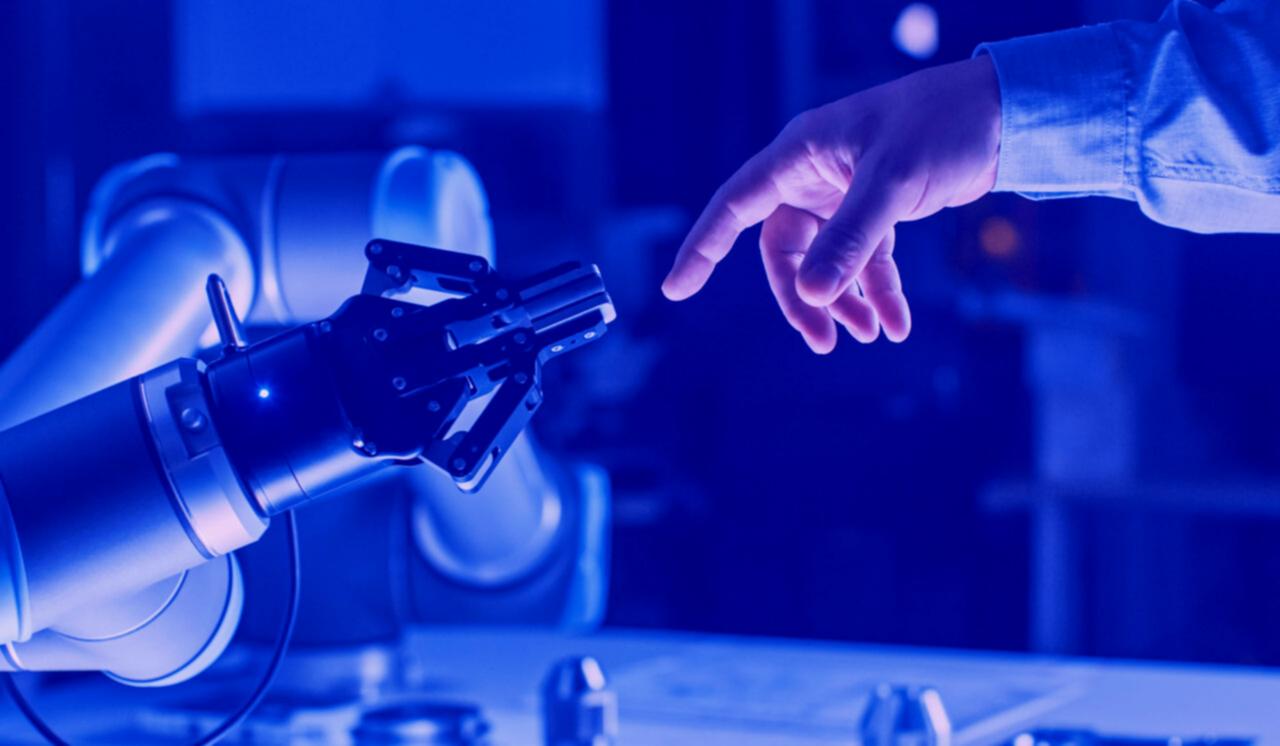Digital twins copy an object or a human organ and operate in parallel and like the original. In fact, they are a combination of data, algorithms and artificial intelligence and live in a virtual world like an avatar.
Today digital twins are used in almost every industry from construction, healthcare, architecture, to transport, communication systems and more. According to the Greek Professor Dimitris Kyritsis, who is head of the ICT for Sustainable Manufacturing Group at the Federal Polytechnic School of Lausanne (EPFL): “Digital twins are created with modeling and simulation software and allow us to study and measure physical mechanisms and test the results of different decisions in a virtual world. In addition, thanks to IoT technology, computer models, which could even be holograms, are permanently connected to real-world twins, allowing us to better understand the systems we use and adapt the the way they work.”
Digital twins applications today face significant challenges such as how to make cities more energy efficient, design personalized treatments for patients, and assess the plausibility of different hypotheses. The hope is that digital twins will allow scientists to find answers to these challenges, but also to many others. However, it is clear that the application of this type of technology will require a wide range of skills and know-how. Prof. David Atienza, head of EPFL’s Embedded Systems Laboratory and Prof. Adrian Ionescu, head of EPFL’s Nanoelectronic Devices Laboratory – both at the School of Engineering, collaborate in digital-twin technology in the healthcare sector on real-time modeling of the full human body. Both are confident that this technology will be available in the coming decades, despite the advanced skills required and the demanding protocols that need to be met. EPFL researchers are also exploring the use of digital twins in construction.
For example, engineers in Prof. Kyritsi’s laboratory are developing digital twins that can monitor and control production lines in real time. “This technology could be particularly useful for hazardous production processes, such as in the most dangerous areas of steelworks and power plants, he says. Next year, the EPFL, in collaboration with other organizations, will build a city’s first digital twin as part of the Blue City project. The aim will be to create a digital twin of Lausanne that will model all the various systems and interactions between them, from microbes and waste to energy, water, materials, people, vehicles and more. This will help city officials achieve sustainability goals and improve the quality of life in Lausanne. With the prospect of significant progress in digital-twin technology, we may one day see a parallel world where digital twins will interact with each other in virtual space.

